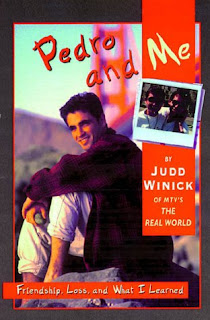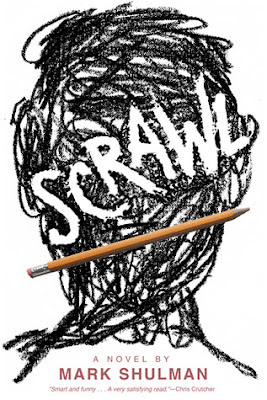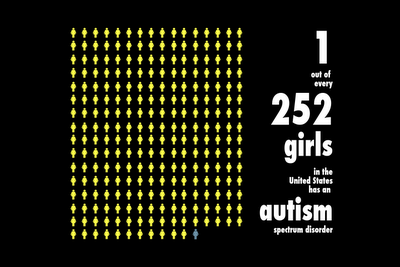 What a revelation to learn in adulthood that I’m on the autism spectrum and that, moreover, I am part of an amazing, versatile, diverse community.
What a revelation to learn in adulthood that I’m on the autism spectrum and that, moreover, I am part of an amazing, versatile, diverse community.The difficulties and challenges I’d suffered in childhood were finally explained! The teasing and ostracism, the food sensitivities that led to battles at the dinner table. My differences were known, they were documented and explained. Even understood and shared by actively blogging members of an autism community.
Even more amazing to learn that those traits that I consider to be my greatest strengths — honesty, creativity, an absence of pretense and my passion for animal welfare and zero-tolerance for bullying — could be attributable to autism too.
I don’t know what circumstances led you to to google “I Wish I Didn’t Have Asperger’s.” I don’t pretend to know your problems. I can tell you that you are not alone.
 |
| Yahoo! avatar customized using Adobe Creative Suite 2 |
Here is a perspective by Dr. Tony Attwood that helped to shape my awareness of what it means to be on the spectrum. I hope it is of as much comfort to you as it was to me:
“From my clinical experience I consider that children and adults with Aspergers Syndrome have a different, not defective, way of thinking.
“The person usually has a strong desire to seek knowledge, truth and perfection with a different set of priorities than would be expected with other people. There is also a different perception of situations and sensory experiences. The overriding priority may be to solve a problem rather than satisfy the social or emotional needs of others.
“The person values being creative rather than co-operative. The person with Aspergers syndrome may perceive errors that are not apparent to others, giving considerable attention to detail, rather than noticing the “big picture”.
“The person is usually renowned for being direct, speaking their mind and being honest and determined and having a strong sense of social justice.
“The person may actively seek and enjoy solitude, be a loyal friend and have a distinct sense of humour.
“However, the person with Aspergers Syndrome can have difficulty with the management and expression of emotions.
“Children and adults with Aspergers syndrome may have levels of anxiety, sadness or anger that indicate a secondary mood disorder. There may also be problems expressing the degree of love and affection expected by others. Fortunately, we now have successful psychological treatment programs to help manage and express emotions.”I like Attwood’s emphasis upon different and not defective. In a longer article, he explores what would happen if society focused on discovering Aspergian strengths and advantages. I hope this perspective is of comfort to you.
This essay is part of the Autism Positivity Flash Blog event.
The Autism Positivity Flash Blog Event is the brainchild of Thinking About Perspectives, a group of bloggers committed to increasing autism awareness and acceptance via open and respectful dialogue. They are: 30 Days of Autism, Outrunning the Storm, The Third Glance, Aspie Kid, Flappiness Is, Quirky and Laughing, Life on the Spectrum, Fairy Tale Forgotten, The Aspie Side of Life and Inner Aspie.






















